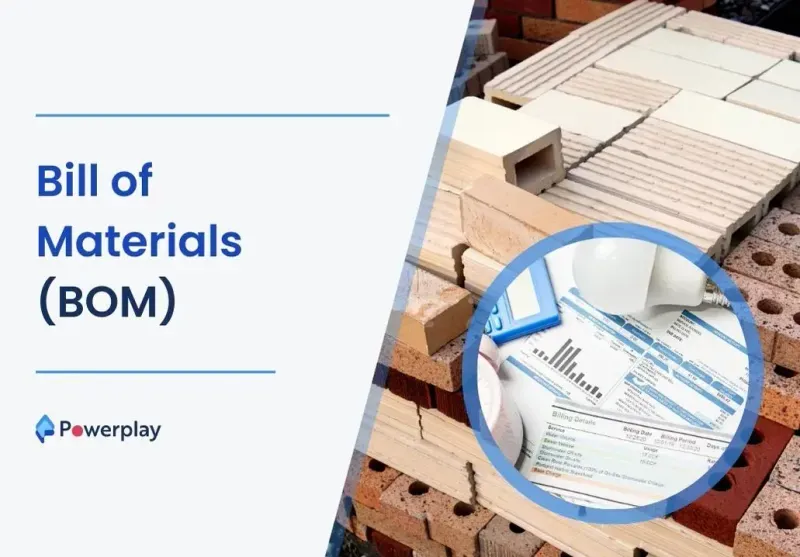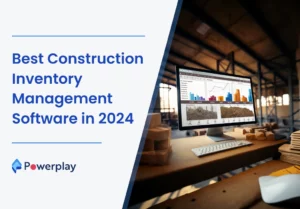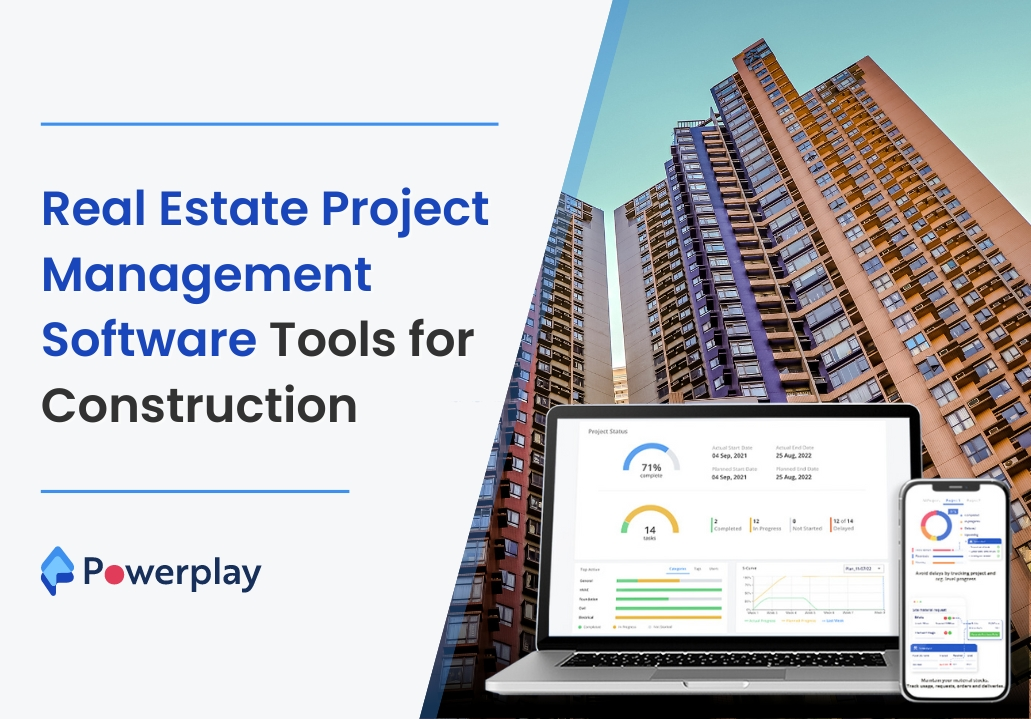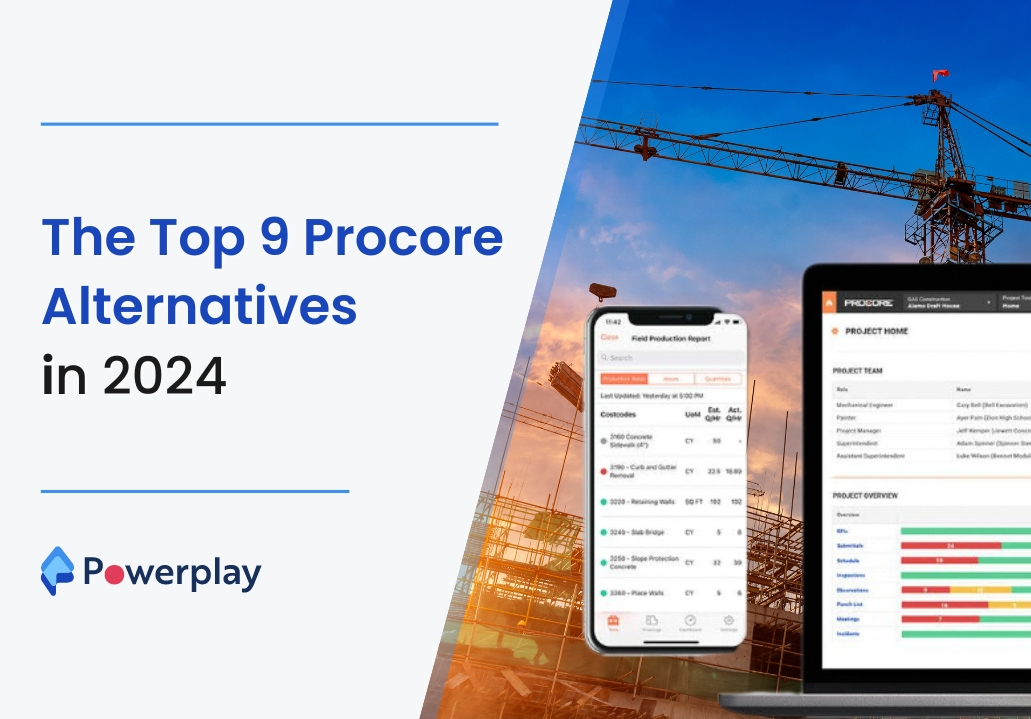Bill of Materials(BOM)
-
Kumar Abhishek Anand
- October 12, 2023

Bill of Materials(BOMs) is an integral part of any construction or manufacturing process that is used to define the various aspects of the process right from the basic materials required for production to the numerous production steps involved to accomplish the project goals or produce a specific product. It is more of an assembly component list or a product structure or product recipe, rather than a list of just materials as inferred from its name. A BOM is crucial due to its potential to manage multi-faceted construction and supply-chain processes that may include planning of the required materials and inventory, task scheduling, and estimating the cost of the product.

A BOM can be defined as an organized, comprehensive inventory of materials, quantity of materials, sub-assemblies, intermediate assemblies, components, sub-components along with their quantities and description that will be required to construct a specific structure or to produce a certain product and the instructions attached to procure the supplies. Bill of Materials can assist in procuring and purchasing materials, estimating costs, controlling and planning inventories, and can help prevent project delays and reduce project site waste. Any failures that may occur can be predicted in advance using Bill of Materials. An accurate and complete BOM can also help to identify the cause of failures that have already occurred and resolve these errors or recover from the failures by replacing defective materials, equipment, components, etc. Bill of Materials come in different types of forms like Single-level BOM and Multi-level BOM or engineering, manufacturing, sales, etc.

BOMs are organized in a hierarchy with the top-level consisting of the completed structure or product. The next level consists of the main components and steps often referred to as sub-assemblies that have been coordinated to form the final structure. The next level comprises the supplies that have gone into the making of the sub-assemblies and so on in the subsequent levels until the complete BOM includes all the supplies and steps required to accomplish the entire project. Each level in itself can be treated as an individual BOM that may again comprise another set of BOMs and so on as required. The concept of a BOM may seem quite simple but creating and managing bills as per a BOM can be an intricate task, especially for projects that contain numerous parts.
Table of Contents
ToggleWhy is BOM necessary?
BOM can help create products or build structures through efficient and accurate project processes. Before the initiation of a project, a company can take appropriate steps to determine if it has all the necessary components needed to carry on with the project and to finish it without any delays. The company can do so by reviewing and estimating the price of components required to construct a product at the beginning of the project itself with the help of a BOM. Ultimately, it prevents shortages of materials and components which in turn helps contractors to complete the project within the given budget and time by ensuring proper material with appropriate quantities at the required time and place. It is but certain that clients who provide their contractors with a BOM will be confident about accomplishing their final product.
Bill of Materials Components
Most BOMs include the following components related to a project:
- BOM Level- It is a number that designates the given component within one of the hierarchical levels. For example, consider a BOM for a commercial building. All the raw materials like cement, aggregate, reinforcement, precast components, etc comprise the most level of the materials required to build certain sections of the building, which in turn are included in the next level that has to be assembled to form the final structure. A BOM level for the type of cement being used can be designated to the level describing materials.
- Part Number- Part number is unique that is used to quickly identify any individual material or component by anybody related to the project or production process. The description that a part number posses can be of astute property that directs the user to the exact material being referred to. Smart part numbers can be used to identify the materials in the blink of an eye, the only condition that needs to be fulfilled is that the person assigning these part numbers to respective materials should know each component in some detail. These numbers can be of two types intelligent and non-intelligent, the former having alphanumeric or detailed descriptions and the latter including only numbers as descriptions that are comparable to use.

- Part Name- This is similar to the part number and the only difference is that part names may not be unique identifiers for individual elements of the project. Companies use part names to track components easily and in an organized manner. The names can be internal names with a specific reference to the task or operation being performed. The consistency related to part names helps all employees to remain on the same page while identifying materials or parts.
- Phase- BOMs are essential in the operation of labeling components according to the phases in which they are required. This describes the phase in which an element has been approved to be procured, released, or used in specific tasks.
- Descriptions- Description of components are necessary to acquire details about specific elements such as their characteristics, versions, etc that may be relevant for the production process. These are also unique to specific parts and provide more detail than part numbers or names.
- Measurement Unit- This signifies the measuring scale on which each material type has to be procured or used. Specifying measuring units to materials helps to ensure the exact quantities required are ordered. These units can be anything from pieces to kilograms or pairs to liters.
- Procurement Type- This involves the process that needs to be adopted to obtain all components required for the construction project. Typically materials are either purchased, produced in local production units, or manufactured by third-party subcontractors.
- Reference Pointers- These are advanced technologies that are used to point out the location of the components. A circuit board is attached to the materials that help in identifying them and their dynamic characteristics.
- BOM Notes- These notes act as an add-on to the BOM information that can be useful to anyone referring to the BOM. These notes can be anything from details about materials to information regarding alternative suppliers.
Bill of Materials Structures
The BOMs can be structured in two different ways to include and represent the prerequisite information about the project process:
- Single-level BOM- A single-level BOM depicts each element required for production along with their appropriate quantities much like a shopping list. These are easy to create and analyze but they do not show the relationship between different parts like the assemblies, sub-assemblies, and components used to build a structure, which may create difficulty in identifying the part responsible for the failure of a certain section of the structure, that requires repair or replacement.

This is the reason that complex products in single-level or ‘flat’ BOMs can make it difficult to be understood from within and cumbersome to manage through an entire supply chain.
- Multi-level BOM- Unlike single-level Bill of Materials, a multi-level BOM demonstrates the relationship between different parts of the project like assemblies, sub-assemblies, etc.

The relationship between the components is often established by indenting the supplies or sub-assemblies that make up the next level of the part or assembly and thus are referred to as Indented BOMs. Related items are clubbed together into logical subgroups that assist to identify the sources of the parts from particular suppliers or the process of their distribution into channels.
Different Types of Bill of Materials
According to the different information types that have to be included in a BOM, the primary types of BOM are:
- Engineering BOM- It is developed while a product is being designed and describes the finished product’s authentic design.
- Sales BOM- Sales BOM is used to itemize the components and assemblies that are required to develop a product as per a client’s requirement. It is generated from any sales order and comprises both the final products and the components used in manufacturing them.
- Manufacturing BOM- It is typically used during production processes. MBOM defines the parts and assemblies that are required to manufacture a product that includes packaging, can be shipped and can account for the waste generated in the production process along with the components used in the process. This BOM is used to review distinct sets of parts required at each stage and the information related to its requisite processing before assembly, which helps to procure materials and start manufacturing operations on time to meet scheduled deliveries.
Some other commonly used BOMs based on the information included are Configurable BOM, Production BOM, Assembly BOM, and Template BOM.
How to Generate BOM?
How to generate BOM to assist faster payments:
- Decide on the Data that has to be included- The complete sheet of material that is necessary for even small functions or quick tasks or as accessories need to be prepared meticulously. This ensures the availability of each material as and when they are required.
- Centralizes BOM- However small or big a project may be, all information related to it from different sections of the project or production unit has to be assembled in a central repository as a single record. Different departments or operations may use different information systems, but to keep the BOM up to date, all the data needs to be centralized.
- BOM Editors- To reduce the risks that may be caused due to mistakes occurring in editing the BOM, the number of editors selected have to be few and efficient.
- Ways to Track BOM revisions- BOMs often require frequent revisions to inculcate the dynamic behavior and complexity related to the project. The data of the BOM may become worthless and inaccurate if these changes are not tracked sincerely so that all these changes can be connected back to their sources.
- Choice of BOM Structure- The structure of the BOM must be decided whether it will be single-level or multi-level, as the project demands.
- Start Itemization- Start itemizing the numerous materials, components, and parts that will be used for tasks or operations and ultimately complete the project. This item list certainly expands over time.
- Regular Addition to and Improvement of the List- As per the timely requirement in the project, the list can be updated by the addition of some more materials and these changes have to be carefully tracked and recorded.
The preparation of BOM and tracking the regular changes in quantities can help in managing the construction project more efficiently. Construction project management can be easily performed nowadays using project management tools that have been specifically devised to make the construction process more smooth and efficient.

Powerplay application proves to be an allrounder in construction project management that can be easily handled by all employees, clients, and contractors specific to a construction project. There are many applications out there for this purpose globally, but Powerplay is India’s first construction project management application that can be used to manage almost all types of construction projects going on in the country.
Share
Kumar is a digital content professional with more than 2 years of experience in Blog writing, copywriting and scripting. His passion lies in the art of creating convincing content that plays a major role in converting leads for SAAS businesses.












